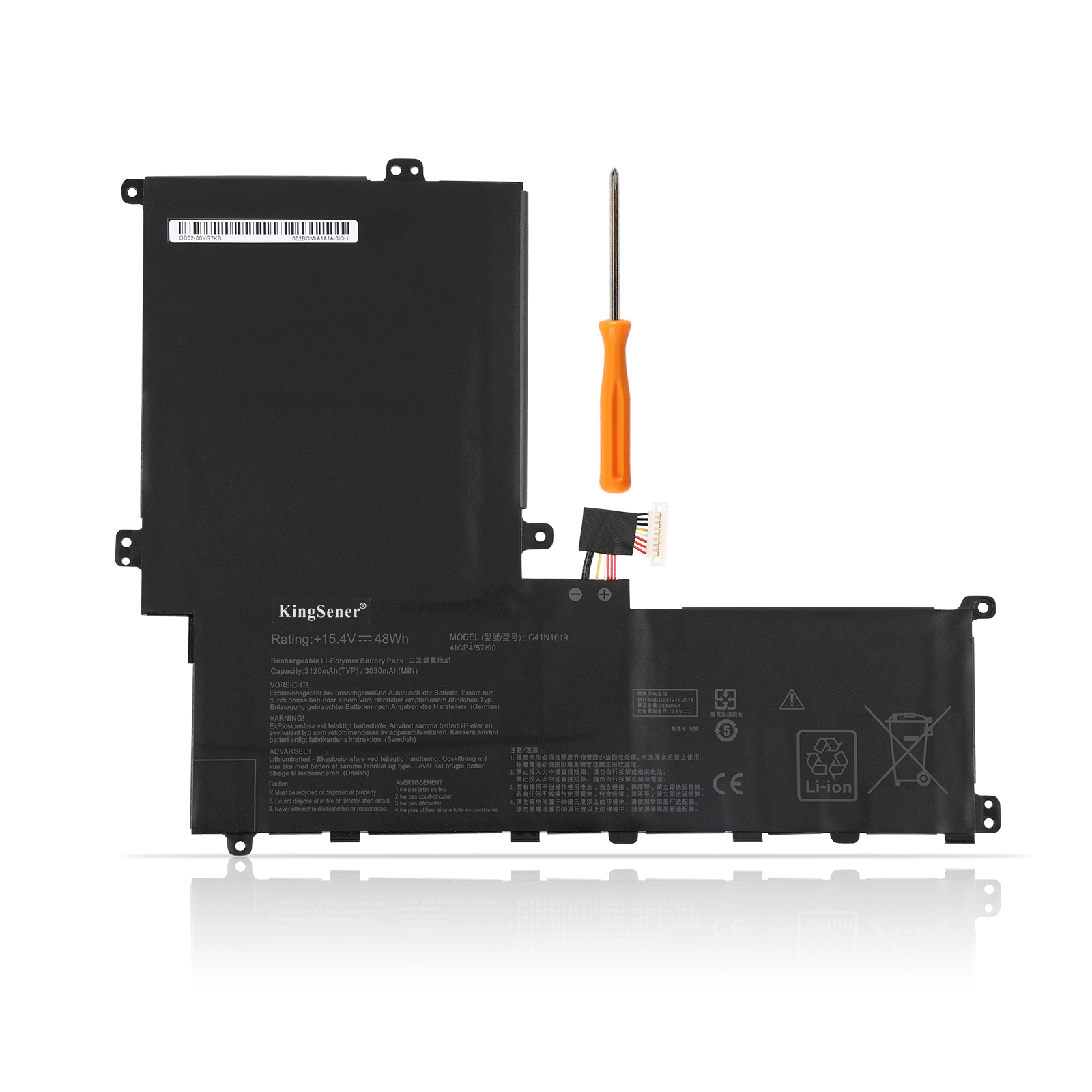Battery overheating is a common problem in daily use of laptops. Overheating not only affects the performance of the laptop, but may also shorten the battery life and even cause safety hazards. Therefore, it is necessary to know how to effectively reduce the temperature of laptop batteries. This article will explore the causes of laptop battery overheating, possible consequences, and various cooling methods to help users deal with this problem.
Reasons why laptop batteries overheat
There are many reasons why laptop batteries overheat, and understanding these reasons can help us better solve the problem.
1. High-load operation When playing games, editing videos, or running multiple applications, the laptop’s CPU and GPU will generate a lot of heat, which will cause the battery temperature to rise.
2. Ambient temperature When using a laptop in a high temperature environment, especially in direct sunlight, the battery temperature tends to rise.
3. Poor ventilation If the ventilation holes of the laptop are blocked, the internal heat cannot be dissipated, which will cause the battery to overheat.
4. Aging Batteries Over time, battery performance degrades and aged batteries may generate more heat.
5. Improper Charging Using an inappropriate charger or using the laptop while charging may also cause the battery to overheat.
Consequences of laptop battery overheating
Battery overheating can have many negative consequences, and understanding these consequences will help increase the importance of battery management.
1. Reduced Performance Laptops may automatically throttle down due to overheating, affecting their operating speed and performance.
2. Shortened battery life: Long-term high temperature environment will accelerate battery aging and shorten its service life.
3. Safety hazards In extreme cases, overheating of the battery may cause expansion or even explosion, posing a safety hazard.
4. System crash High temperature may cause system instability or even crash, affecting work efficiency.
Effective cooling methods
To solve the problem of laptop battery overheating, here are some effective cooling methods.
1. Use a cooling pad
A cooling pad is a device designed for laptops that can effectively reduce the temperature. With the help of a fan, the cooling pad can increase the ventilation of the laptop and improve the heat dissipation effect. When using a cooling pad, make sure its fan is working properly so that it can achieve the best effect.
2. Clean the air vents
Clean your laptop’s vents regularly to make sure they are not blocked by dust or debris. Use compressed air to clear dust from the inside to help improve heat dissipation. Keeping vents clean is an important step in effective cooling.
3. Adjust power settings
When using a laptop, adjust the power settings to “Energy Saving Mode”. This can reduce the CPU’s operating frequency, thereby reducing heat. This can be set in Power Options in Control Panel.
4. Reduce operating load
Try to avoid using your laptop under high load, such as playing large games or using resource-intensive software. If you need to run these applications, consider placing them in a cooler environment.
5. Avoid direct sunlight
When using your laptop, try to avoid placing it in direct sunlight. Sunlight can significantly increase the temperature of your laptop, causing the battery to overheat.
6. Replace the battery
If the battery is old, it is recommended to replace it with a new one. New batteries generally have better thermal management properties, which can effectively reduce temperatures.
7. Use the correct charger
Be sure to use the original charger provided by the manufacturer and ensure that the voltage and current match the requirements of the laptop. Using an inappropriate charger will not only cause the battery to overheat, but may also damage the laptop.
8. Close apps when appropriate
When using a laptop, close unnecessary applications in time to reduce system load and thus heat. Use the Task Manager to view currently running applications and close those that take up too many resources.
9. Update drivers regularly
Make sure your laptop’s drivers are up to date, especially the graphics and power management drivers. The latest drivers will generally provide better thermal management for the device.
10. Improve the working environment
In the environment where the laptop is used, maintain a suitable temperature and humidity. Consider using air conditioning or electric fans to help dissipate heat.
Daily maintenance recommendations
In addition to the above cooling methods, daily maintenance is also key to ensuring the normal operation of the laptop battery.
1. Use the built-in battery monitoring tool to regularly check the battery health status and deal with battery problems in a timely manner.
2. Try not to leave the laptop charging for a long time. Unplug the power supply in time after it is fully charged to avoid overheating.
3. While charging, make sure the laptop is placed in a well-ventilated area to avoid heat buildup.
4. Restarting the laptop regularly can help clear the cache data in the memory and contribute to the normal operation of the system.
I hope this article can help you better understand the causes and prevention methods of battery overheating, so that your laptop can keep running healthily for a long time.
If this article still doesn’t help your laptop battery, you can buy a new battery at BatteryMall.com
If you want to learn more about batteries, please visit: BatteryMall.com/blogs/suppor

